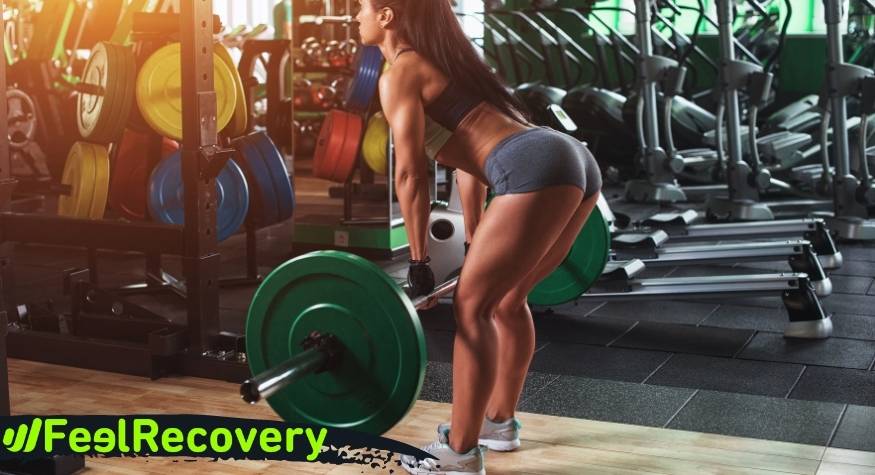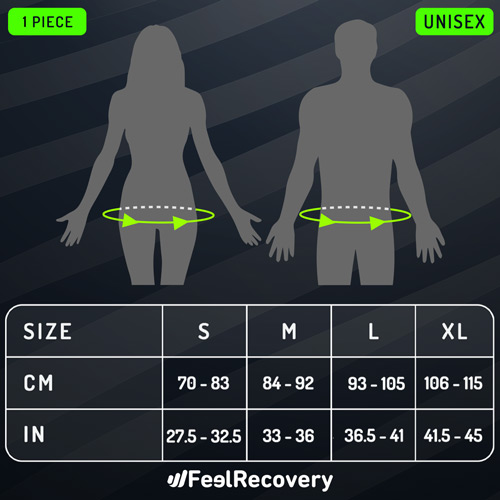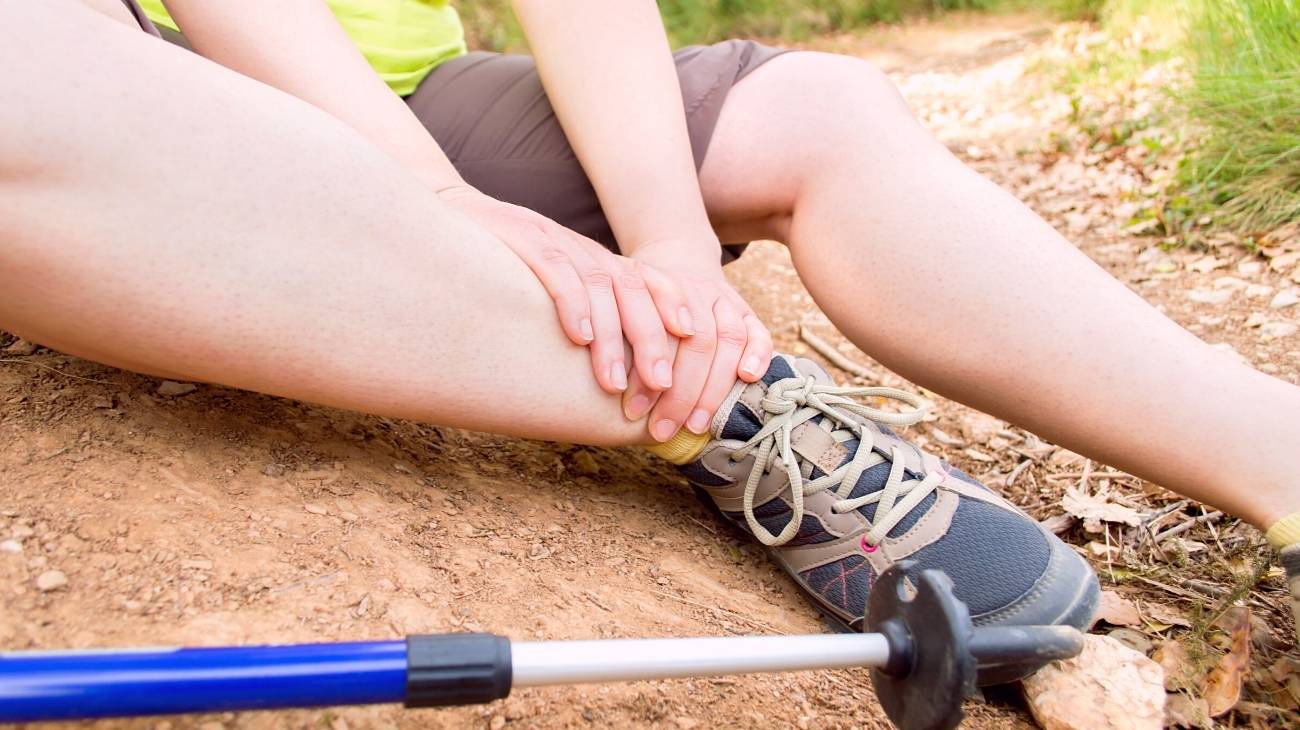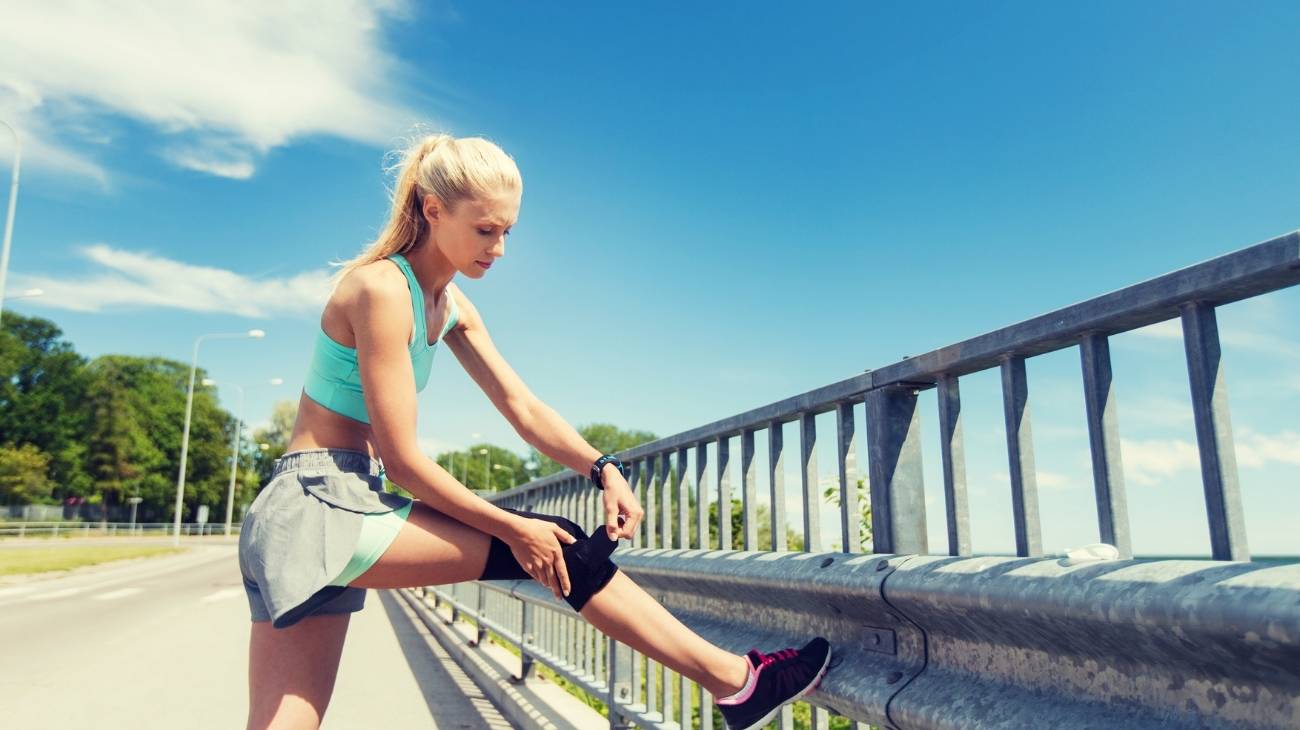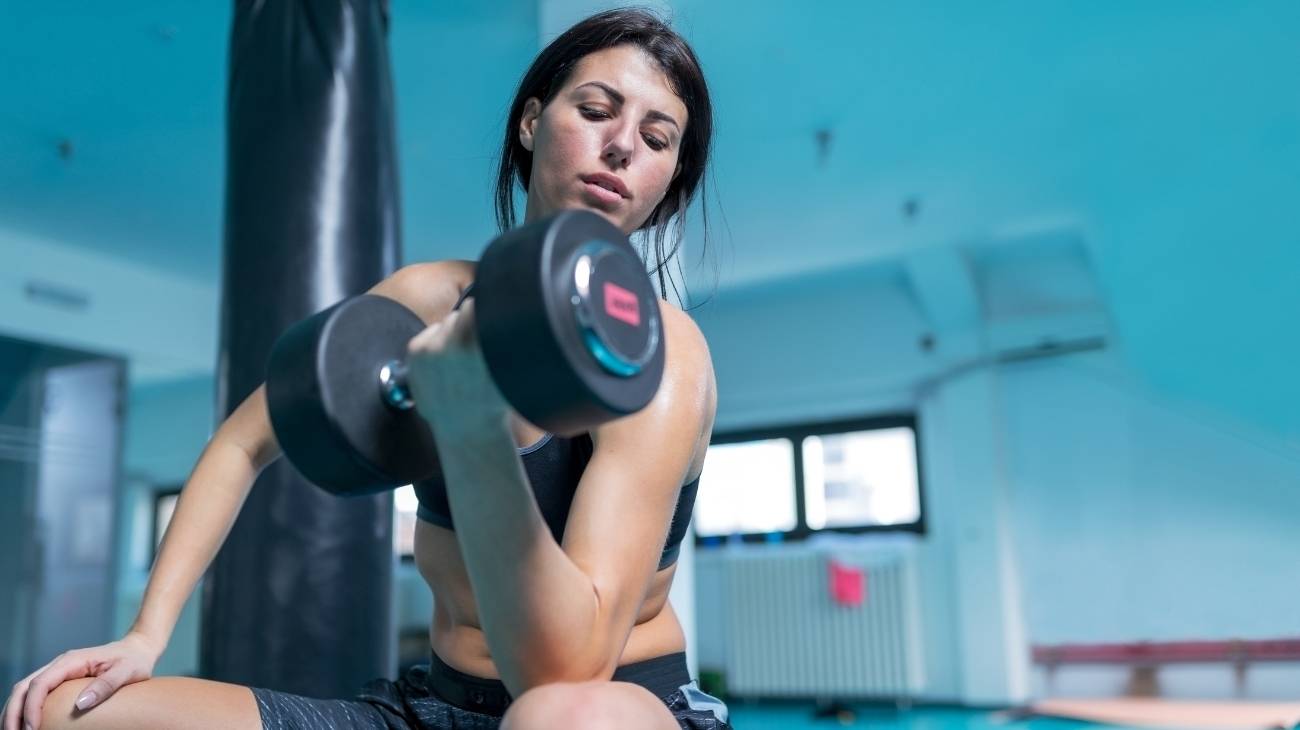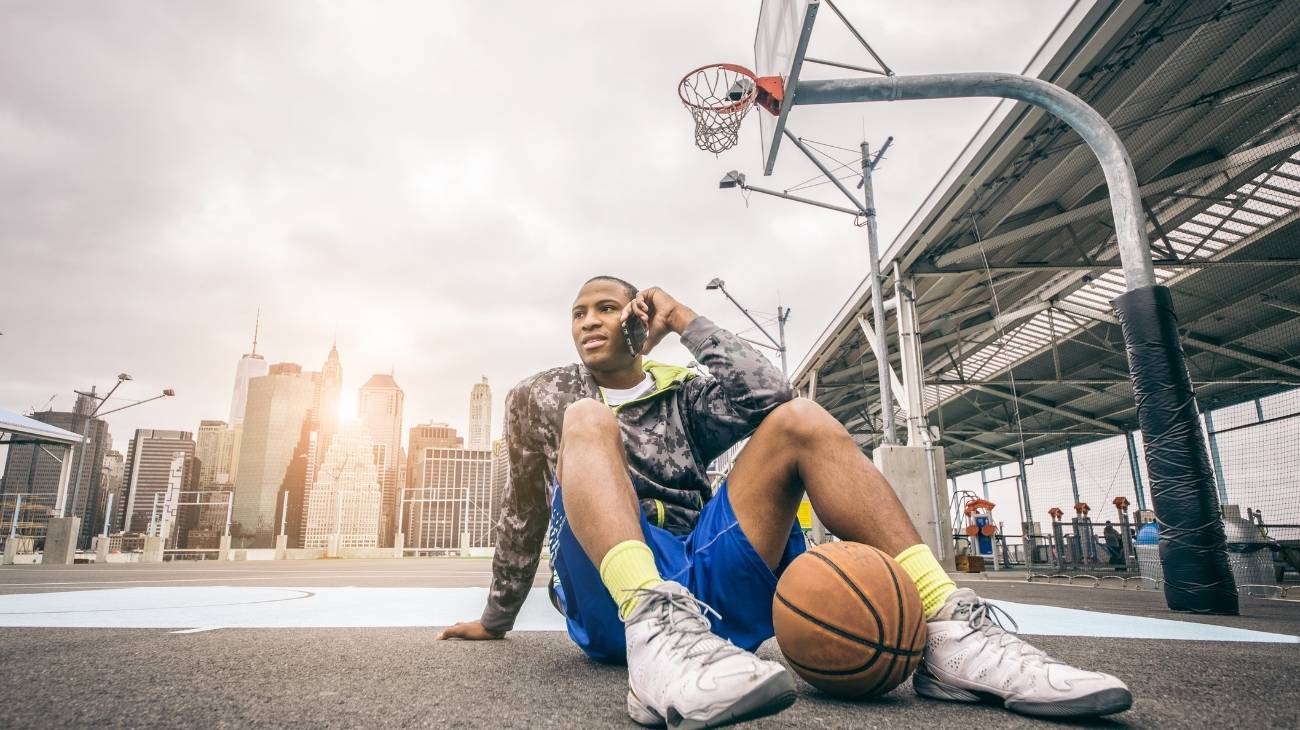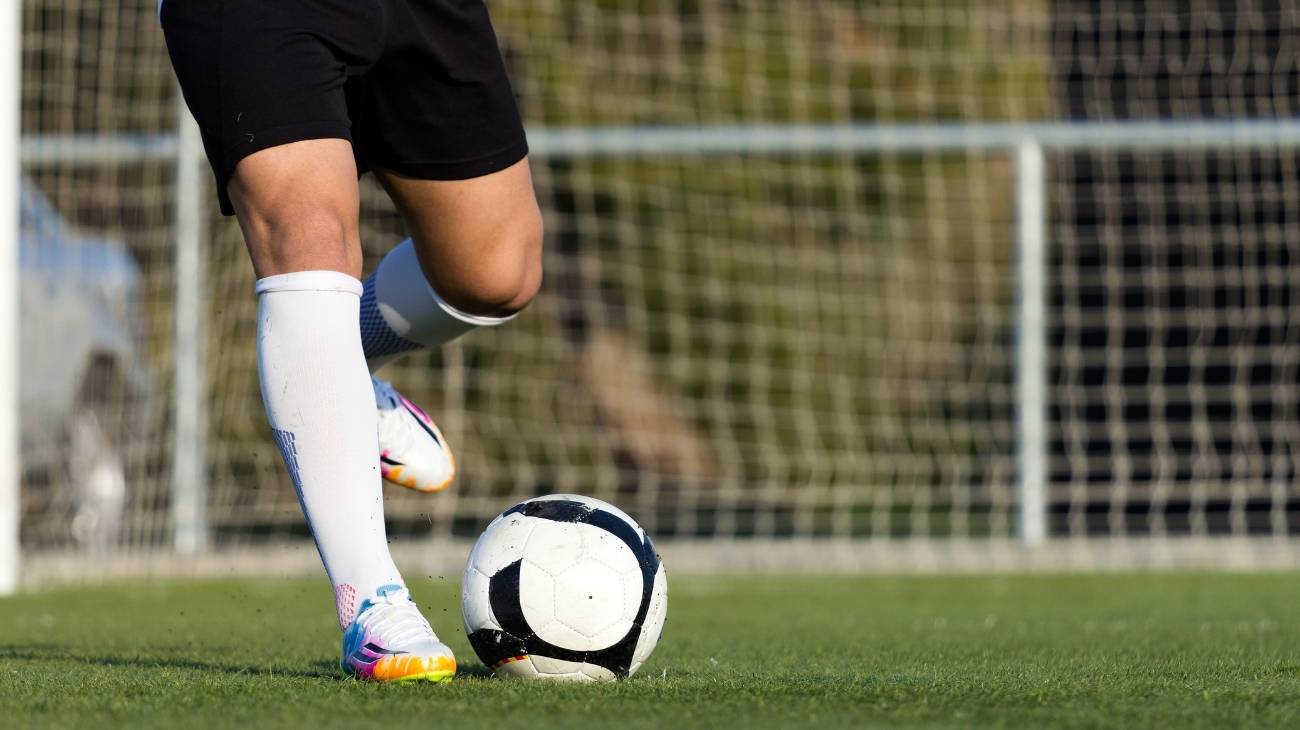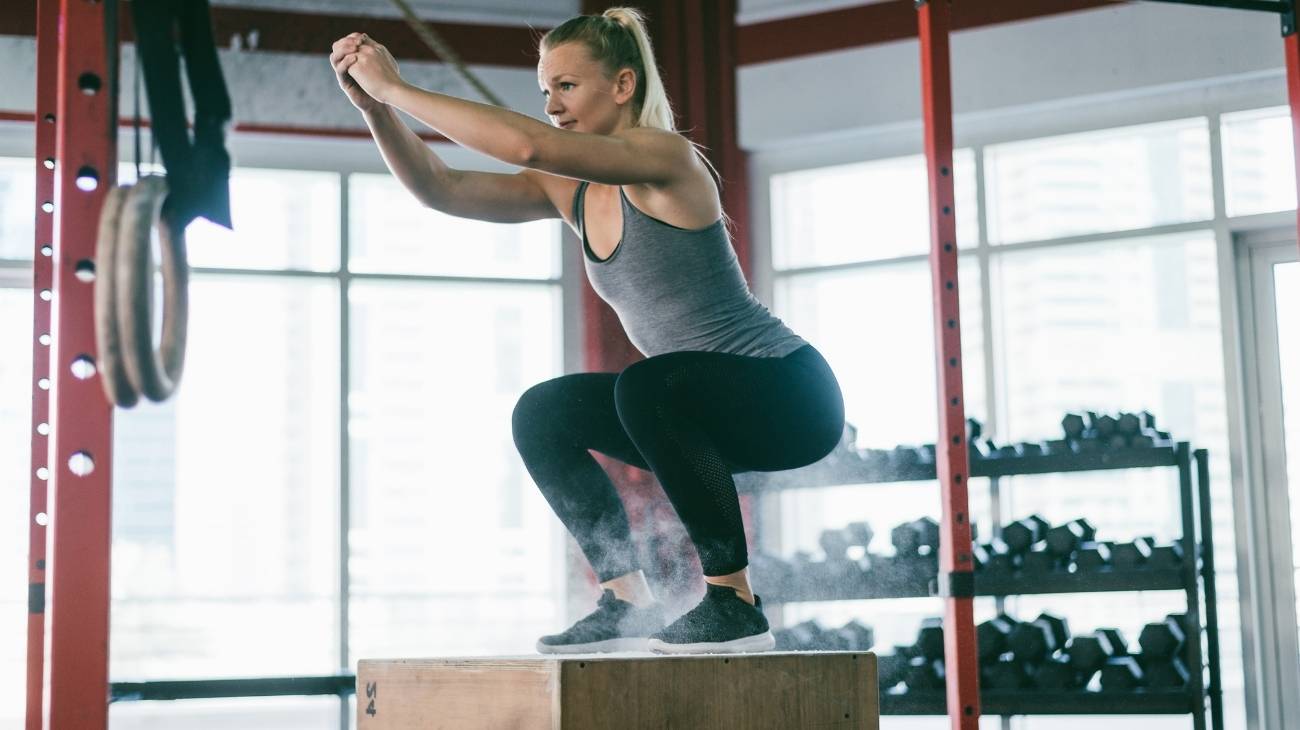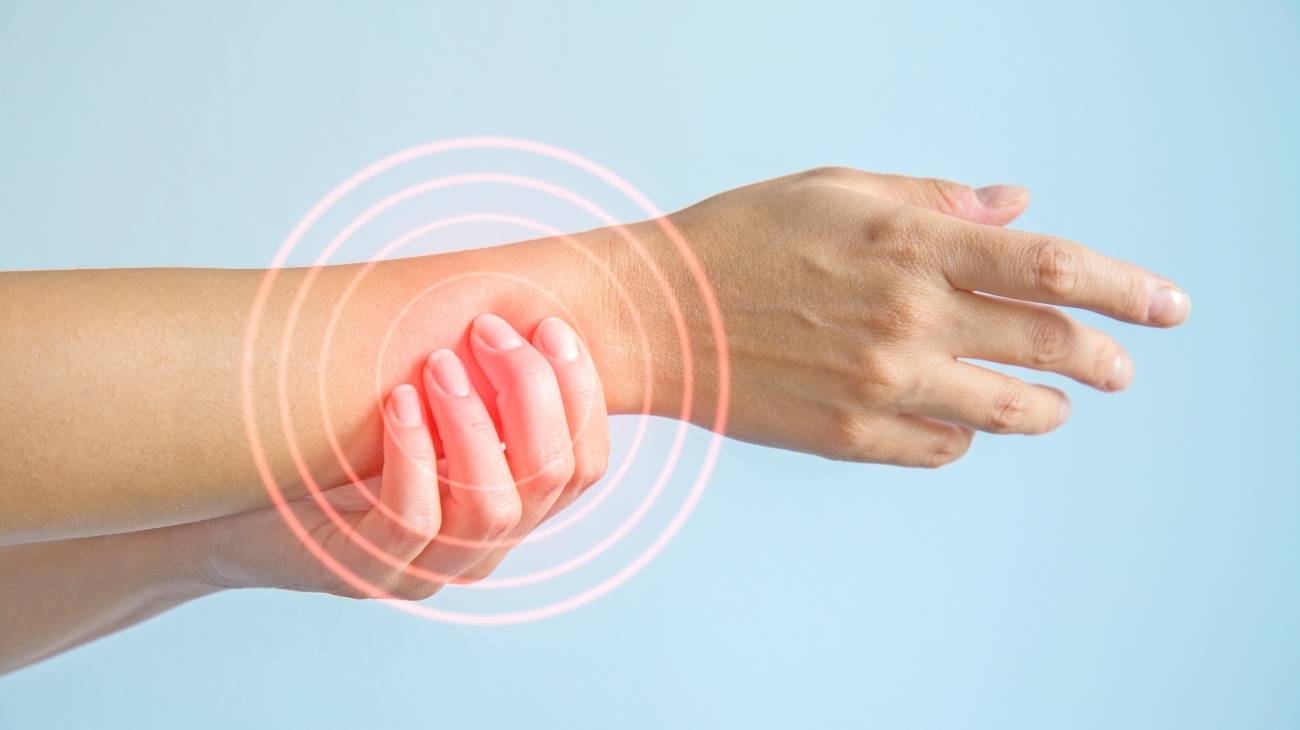In certain strength exercises, we place a large part of the weight we lift on the back, which is also responsible for keeping us in balance and upright, which due to a lack of training, an inadequate technique or a bad movement can cause an injury in the lumbar area.
For this reason, compression sports back braces for the gym have been manufactured. In this article we will tell you which are the most common back injuries in strength and gym sports and a brief buying guide so that you can choose the one that best suits you.
What are the most common back injuries in strength sports?
Back injuries are quite common in sports where we have to use our strength, because this area is responsible for receiving and supporting the weight we do. Keeping the back straight and correctly stretched are some of the keys to the ideal performance of our strength.
Back sprains
Back sprains are also known as strains, characterised mainly because they are injuries that take place in the ligaments of the spine, specifically in the tissue that connects two or more bones in the joints of the spine.
What happens is that the strength athlete performs an incorrect movement at the level of the back where one or more of the ligaments are stretched or twisted too far and cannot withstand it, and thus become damaged.
Lumbar sprains are very common in strength sports because of the variety of exercises the athlete has to perform. Weightlifters or gym-goers can suffer from bad movements when lifting weights from the floor if their back is not sufficiently tight or straight.
Muscle tears or strains
Another quite frequent injury in strenuous sports is a lumbar or back strain. This is more painful than the previous one in the sense that the back muscle is also involved.
These are trauma to the back muscle and tendons when they are overstretched to the point of even rupturing. Here the tendons, which are the fibrous cords that connect muscle and bone, suffer such trauma that their function is severed.
Lower back pain
Low back pain could be said to be one level above lumbar sprains and tears. In the sense that, although they are caused by the former, it is not until there is inflammation in the lower back accompanied by spasms that one can know that the person has suffered this injury. Such spasms can lead to acute low back pain or difficulty in moving.
Strength athletes who have to lift heavy weights in their routines often suffer from low back pain at some point in their sporting career. It happens because the back of these types of athletes is constantly exposed to more demanding and excessive stresses than the average person is used to. Lifting excessive weights above what the body can bear or lifting while twisting the torso, sudden movements or sudden falls are among the most frequent causes of low back pain.
Lumbar disc herniation
Lumbar herniated discs are injuries where a disc in the spine or part of it has been forced into a weakened part of the disc. Pressing on nearby nerves or the spinal cord itself. The most affected part, and where most of these hernias tend to appear, is the lower back, i.e. the lumbar region.
Remember that the vertebrae that make up the spine are separated by intervertebral discs, which cushion the spinal column every time the person needs to bend or stretch. These are repetitive movements that are frequently performed by those who do strength sports.
Bestseller
What type of sports back braces are best for gym and fitness injuries?
Every practitioner of strength exercises in the gym and fitness routines is prone to suffer any type of injury in the lumbar or back area if they do not perform correctly the movements where this region of the body is compromised, especially when they are weight lifting, raising and lowering the arms with the back straight, or the rotation of the torso.
Back and lumbar supports are one of the best options you can use to prevent and treat back and lumbar pain:
Lumbar sports braces
These compression straps are designed to reduce the bending of your spine so that it remains upright at all times. This creates a "biomechanics" that gives you security when you stand up, and the necessary support when you go down in flexion. It is one of the most suitable for strength athletes who suffer from herniated discs as its support and compression system of the lower back helps in the recovery of this type of injury.
Both in the gym and in fitness, it will be very useful to keep your back straight mainly in squats, shoulder presses, lunges, dead weight exercises. You can also use it for exercises where you have to do squats carrying weight, as the garment will act by compressing the lumbar area every time you bend down.
Orthopaedic back support
Remember that one of the complications of back injuries, especially in the lumbar region, is the compression suffered by the vertebrae and other internal components of this area of the body. It is precisely these traumas that orthopaedic braces treat and prevent, as they are designed to act by decompressing all vertebral and lumbar pressure, reducing pain and tension in the back.
The orthopaedic sports braces are the most suitable for people who do strength sports where the back has to flex, compressing the spine at lumbar level, such as gym sports, weightlifting, fitness, where it is very common to exert an extra effort on the lower back if the exercises are not performed correctly.
Training back brace
Training back brace are mostly used by people who do sports regularly and want to keep their spine in good condition, in order to avoid suffering any unwanted injury and above all counterproductive for the lower back.
There are several benefits that you can get from training back supports, especially if you are a regular gym or fitness athlete. One of the great qualities that you can take advantage of these garments is that they focus on keeping your spine and posture healthy and straight, preventing you from slouching and causing an injury. It also prevents your abdomen from distending in the middle of a demanding exercise. Training back braces are, in short, excellent for helping you to maintain the health of your back, preventing you from injuring yourself as a result of poor posture.
Back brace
When we talk about back braces, we are referring to an extra support, or also called "orthotic aid" that has effects on the lumbar area of the spine, preventing you from suffering any lumbar injury, relieves pain, reduces inflammation, as well as helping you to improve the situation of a possible accident on this lower back area.
The main purpose of the back brace is to provide firm and strong support to the lumbar and sacral region at all times when you are doing exercises where, when you bring your arms backwards, the spine is compressed, injuring it if you do not execute the movements correctly. At the same time, they relax your back muscles to make training easier and more comfortable. They also work by helping you to stabilise your back correctly, giving you that extra boost of security you need when performing demanding exercises.
Inguinal hernia brace
Inguinal hernias are another of the common injuries that usually occur when people who practice strength sports have to lift weights and bend down, performing the movements incorrectly and causing part of the small intestine to enter the inguinal canal, resulting in swelling. In these cases, the most recommended treatment is the use of inguinal hernia braces.
This type of support garment acts on the inguinal hernia, preventing the inflammation from continuing to develop. The compression work of the garment is a way of relieving the pain caused by the injury, giving more confidence and security to the athlete to perform their daily movements. It also works by improving circulation due to the impossibility of the normal passage of blood through the obstructing hernia. So the person will be able to obtain an impact from the external part that works internally.
What features should you consider before choosing the best sports lumbar support for weightlifting?
Choosing a lumbar support belt for weightlifting or gym sports is not something that can be done lightly. You must consider several aspects so that you can guarantee your back the support and stability it deserves in these disciplines that demand so much from the back and spine.
According to their function
- Support back: The main focus of lumbar supports is to provide the back with the extra support that weightlifters need so much. This support helps to keep the back straight and firm enough to withstand the weight placed on it.
- Compression back braces: The compressive function of sports back braces is aimed especially at keeping each of the internal parts of the back (especially the spine) in an optimal state, in position, and healthy, so that they do not have the possibility of suffering any type of injury. And if you have suffered an accident in that area, you will be able to speed up the recovery process.
- Pain back brace: Lumbar pain is quite common when doing strength exercises. These are indicative of poor execution of movements, incorrect posture or incorrect lumbar development. Compression sports belts aim precisely to reduce and/or alleviate the level of pain that you may be suffering, by maintaining the natural posture of the spine and the extra support that your back needs to respond to the external demands placed on it.
- Protective lumbar support: Sports back braces are made for 3 main purposes, to give support, stabilise the back and protect it from suffering any kind of lumbar injury. So this is one of the most important functions that you have to check of any back brace that you are going to buy, that it gives you the protection that your back needs to avoid suffering traumas.
- Stabilising back support: Keeping your back straight, firm and taut is one of the most important things to keep in mind when weightlifting. Benefits that you can also get from sports straps. Ensuring that your back remains stable while lifting, bending and twisting your torso is of great importance to avoid all kinds of injuries and unwanted pain, which you can achieve by wearing a compression sport belt.
Material of manufacture
Here we will explain the most efficient materials used in weightlifting that have always been suitable for this sport:
- Leather: This is the material preferred by professional weightlifters because of the support, compression and fit it has on their bodies, especially in the back. They are thicker and are usually made of suede or leather.
- Nylon: It is a lighter material than leather, recommended for intermediate athletes who have to lift weights with less load than professionals.
- Foam: Suitable for beginners who lift light weights. They are more comfortable and economical. They come with a better breathability system.
Type of support
Support is a very important aspect for the correct performance of athletes in weightlifting. Not only is it relevant that the back brace compresses and gives support in the lumbar part, but it also has to be and remain sufficiently fastened so that you are secured at all times that you are wearing it.
Velcro:
- They make taking the brace on and off much quicker and easier.
- Generates good support and compression in the back.
- Perfect for beginner athletes who are just starting out in the discipline and don't have to lift as much weight.
Buckles:
- They are adjustable and very resistant.
- There are some back braces that have double buckles, providing a more secure fit to the back.
Hooks:
- This is the strongest and most secure type of restraint on the market.
- It is used by the most experienced professionals in the discipline.
- The only detail is that to adjust it to the back, you will have to use a screwdriver.
Size
In the market you will find that there are certain types of sports back braces that are one size fits all, which have the goodness to adjust to the body by means of fastening mechanisms. However, we recommend that you opt for a fit according to the anatomy of your body so that you can have a useful sports brace that provides security to your back.
We advise that, in order to find the ideal back brace that fits your body, you can take your own measurements using a tape measure, measuring the circumference of your lower back and your navel. Take these measurements and compare them with the sizes below.
| SIZE | S | M | L | XL |
|---|---|---|---|---|
| CM | 70-83 | 84-92 | 93-105 | 106-115 |
| IN | 27.5-32.5 | 33-36 | 36.5-41 | 41.5-45 |
| WHERE TO MEASURE? | ||||
| The circumference of the widest area is measured: (*See image) Men: Waist Women: Hips *Note: If after measuring you are between two sizes, choose the larger size |
||||
Design
Weightlifting back braces designs focus on providing the athlete with the support, prevention and stability needed to avoid injury and to stay upright and firm throughout the workout. The colours that abound in the market are basic shades such as black, beige, grey, dark blue. Although you may come across belts with edges of one colour and the centre of another, they are mostly blue or red.
The leather ones are different from the others, due to the material with which they are made, accompanied mostly by buckles that give them a rustic touch, although they are not very recommendable if you are recovering from injuries, the ideal ones are the sports lumbar type that generate a good subjection, compression and have a diversity of models to the taste of each person.
Price
Once you have considered each of the characteristics shown in this section, you will be able to take stock of how much you can spend on the lumbar sports brace that best suits your needs. You should bear in mind that it will be for a sport such as weightlifting, which will have an impact on your back, and if you don't use a quality garment, you could aggravate the situation.
It is for this reason that the sports lumbar support belt is made with the best materials, both in terms of fibres and support, to provide support in each workout, and also to be your ally in the recovery of injuries. It is one of the most recommended by specialists and sports trainers, who know the durability and excellence of this compressive garment.
Do back braces for strength sports really work?
Strength sports demand greater effort and muscular intensity from the body, but with training, they are capable of achieving this. The back is one of those parts of the body that has to bear the external demands and support the weight placed on it, and the correct performance of the athlete in these disciplines is crucial to avoid injury to the back and lower back.
One of the effective and proven ways of preventing injuries in this area is with the use of lumbar sports supports, whose manufacturing focus is precisely placed on the maintenance and prevention of back health, with a view to promoting the correct development of this joint at all times when force is exerted on it.
Take advantage and use the benefits that lumbar sports straps have for you, so that you can also optimise your performance whenever you expose your back to the support and resistance of weight, force and tension.







